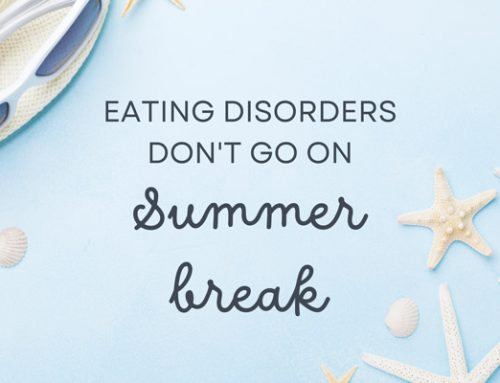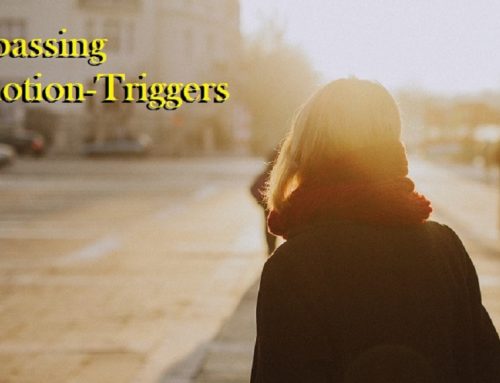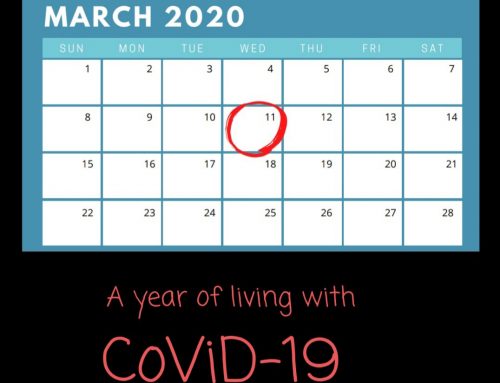WHEN IT COMES TO EMOTION-TRIGGERED EATING, IT HELPS TO UNDERSTAND EMOTION-TRIGGERS
For a long time now, I have been using the phrase Emotion-Triggered Eating when I work with clients. I do this because I believe the phrase Emotion-Triggered Eating is more precise and useful than the other, more widely-used, term emotional eating. I stepped through my reasoning for that in a previous blog. In that blog I focused on the Eating aspect of the Emotion-Triggered Eating dynamic. For this month’s blog post, I thought it might be helpful to take a closer look at the Emotion-Trigger part.
The Energy Behind the Trigger
When you drill down to the core of it, reacting to emotion triggers is really all about managing discomfort. The things that trigger our negative emotions tend to be things we do not (or often can not, or should not) address directly. If, for example, we have an unpleasant interaction with a co-worker or an employer, we often can’t say everything we wish we could. And even if we do have an altercation where we say everything on our mind, or even a habit of similar conflicts with specific people, we may still feel incomplete, frustrated, and stuck with unresolved negative feelings. We may find ourselves in conflict with a system we have little or no influence over. We may feel victimized, marginalized, or frustrated. Whatever these specifics are, is it any wonder that the first instinct is to find a way to ease the discomfort?
The Response to the Trigger
Abusing food is a common and convenient way to self-soothe, but it far from the only way. Using food is so common, of course, because of its availability. Everyone has to eat. But there are other activities people often use to distract themselves from their stressors and to alleviate the challenging feelings that result from being stressed. These include losing oneself in shopping, using substances that alter mood, engaging in excessive sex, getting overly-sucked into games or social media on one’s smartphone, or indulging in over exercise. All of these things may be perfectly fine in the appropriate amount, time and place, but can become unhealthy habits if regularly and reflexively used to escape discomfort.
A Life-Long Challenge For Many
Dealing with emotion-triggers and their fallout is a massive endeavor. Hey, that’s why we have therapists. People spend big chunks of their lives learning to navigate this stuff, so we are certainly not going to solve that entire issue this month (though you were probably not expecting us to in a 850 word blog.) What we can do right now is take an important first step; that is, taking some of the power away from one’s emotion-triggers.
To lessen the impact of emotion triggers is simple, though not necessarily easy. As always seems to be the case in my blogs and articles, a major part of dealing with emotion triggers is learning to be aware and practicing mindfulness. Being aware of what our emotion triggers are is a major way to navigate the dynamic. Because being aware of what triggers us means that we are not reacting blindly to them when they occur. If we are aware of our inappropriate responses to something, then at least a small part of us recognizes that these reactions are not mysterious emotional attacks. These emotional reactions are rooted in something we are familiar with. This is the first step toward acknowledging that our reactions to these triggers is (at the end of the day) our choice.
Small Steps Toward Taking Charge
To admit that engaging in behavior we are not proud of is a choice we make is understandably a difficult thing to acknowledge. Sometimes we feel powerless in the face of our reactions to tough challenges. But we are the ones who create our own responses. We cannot be less powerful than the things we actually create. If one of my clients says that they cannot control their automatic response to something, I gently point out that these responses are behaviors they learned along the way (that may not be serving them now.) It is ok to feel that the behavior is in some way in charge of them, just as long as they understand that the truth is they, themselves, have always been in charge of their own behavior. It may take a while to get used to this new way of seeing themselves and their behavior. I point out that the first step is to simply observe this dynamic, until they feel able to challenge the assumption of powerlessness that they had fooled themselves into believing. Over time, as they become stronger than their old ideas of powerless reactions to their triggers, they can find ways to experience what they are feeling without responding in a way that no longer serves them.
Becoming ready to face and challenge the assumptions of our triggers is an early, critical step toward growth, empowerment, and emotional freedom. For more information on my thoughts regarding how to by-pass emotion triggers, please check out my January 2022 blog!





